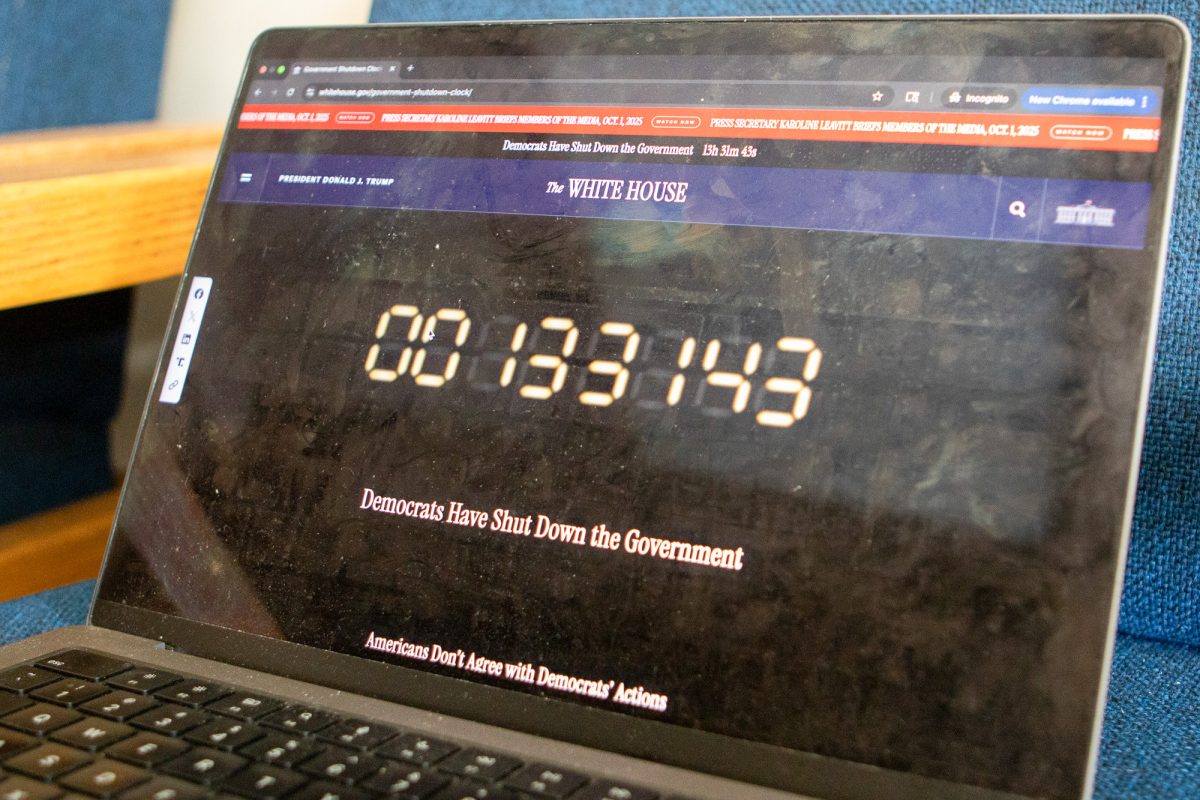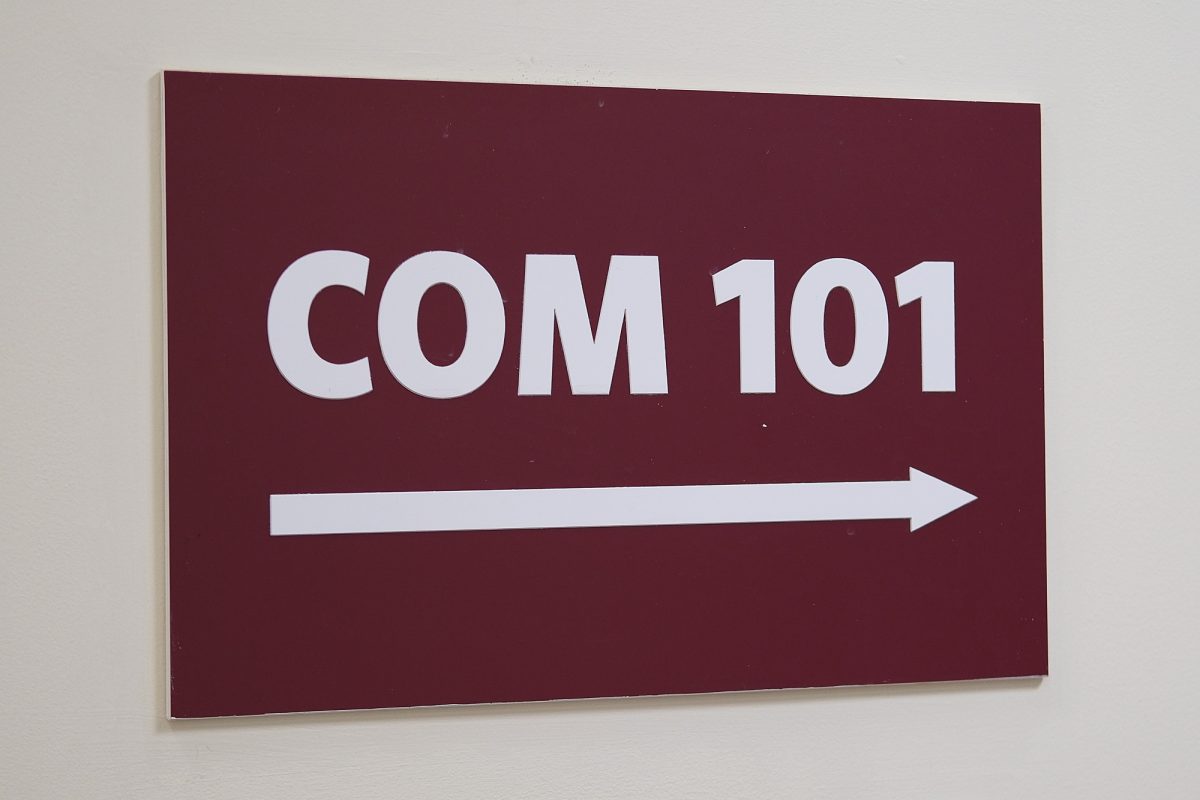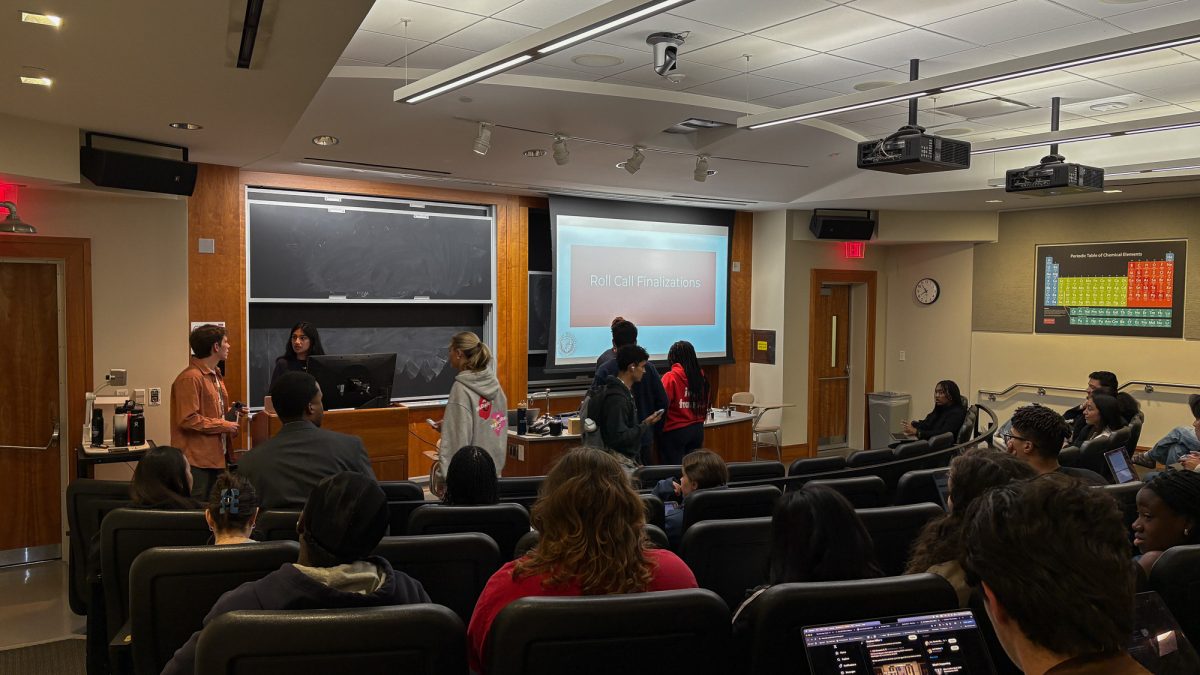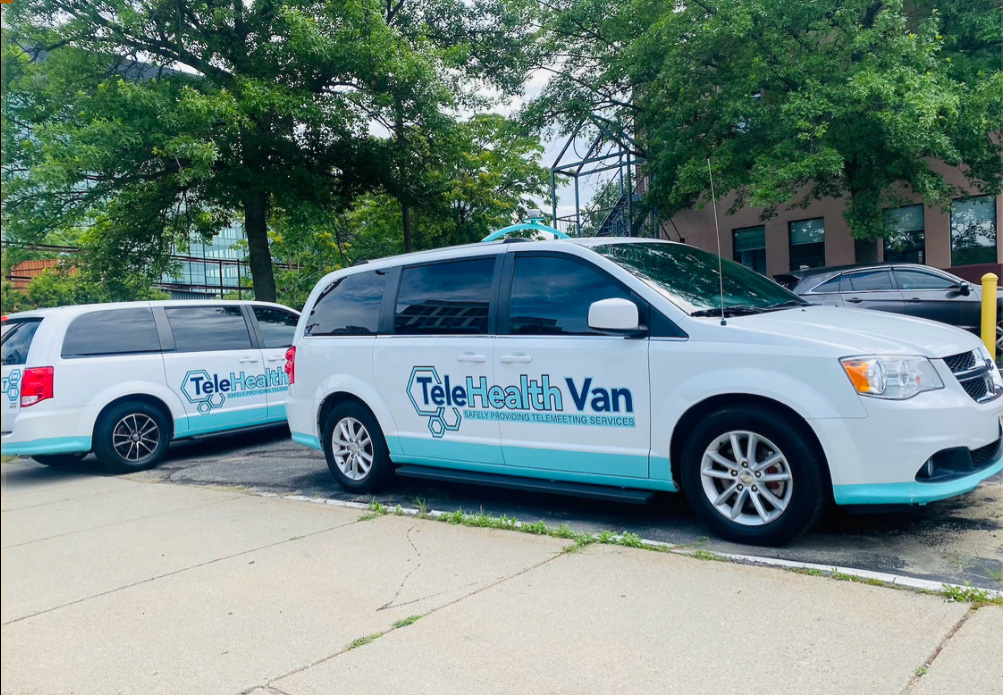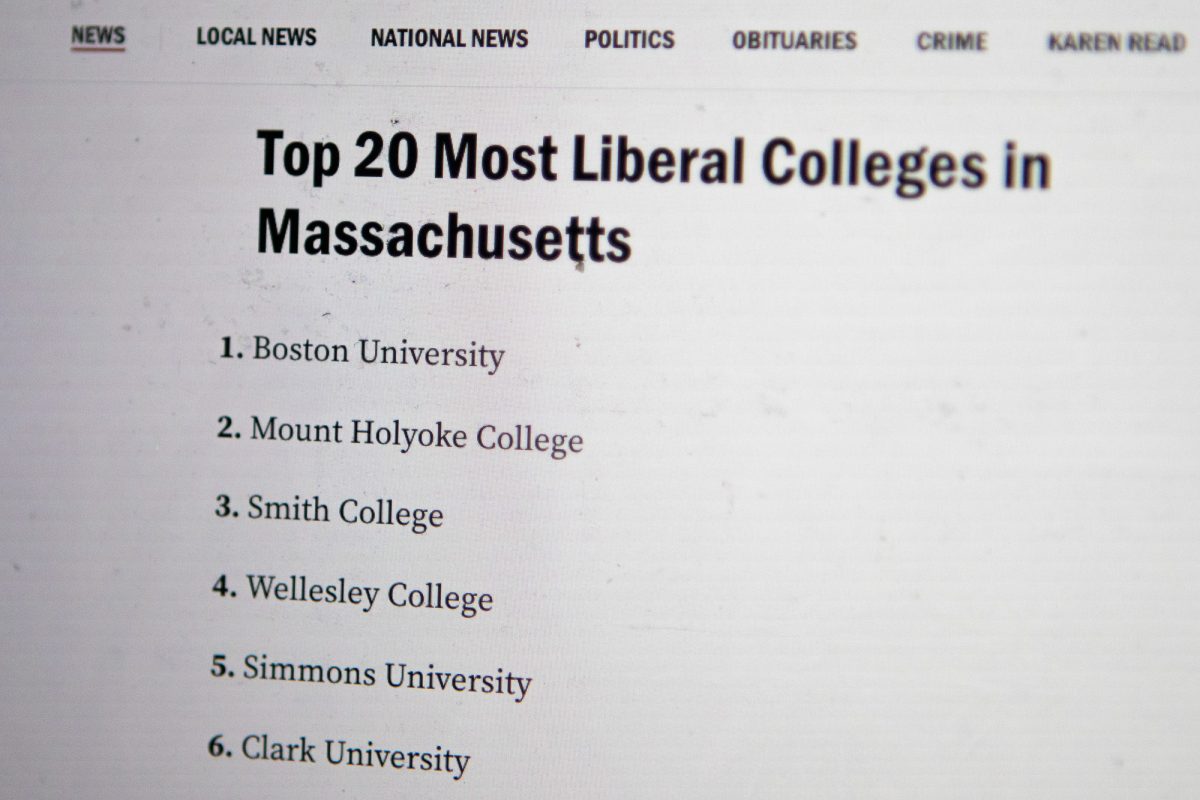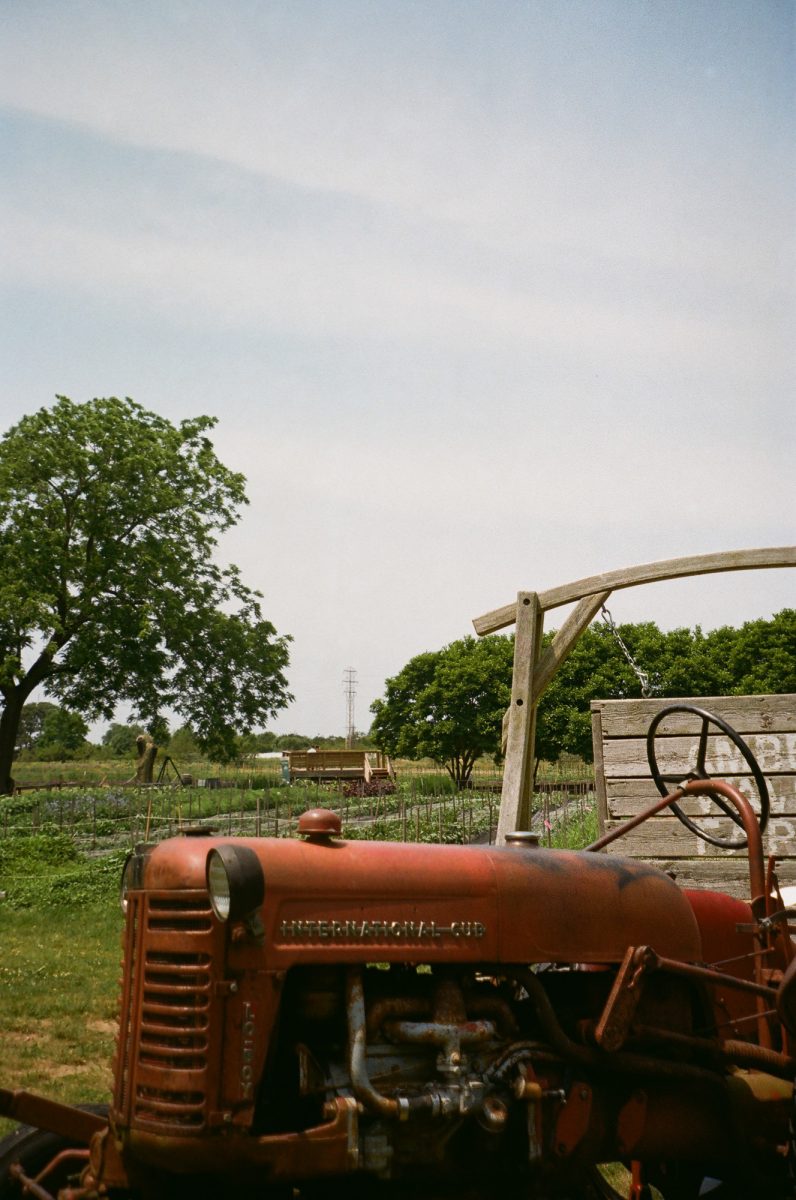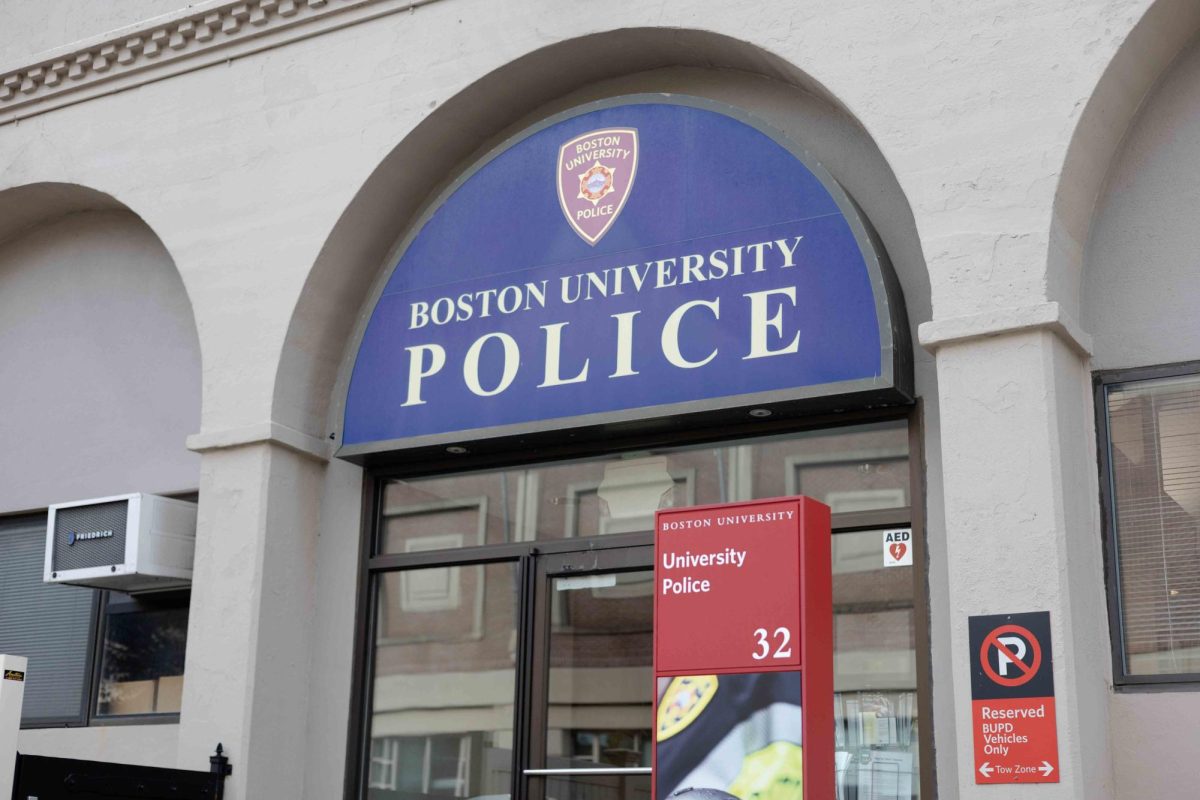Boston University’s Biosafety laboratory is expected to start housing level-2 tuberculosis research this week, officials said.
Ellen Berlin, the BU spokeswoman for the biolab, said the National Emerging Infectious Diseases Laboratories’ Biosafety Level-2 laboratory would launch research by Thursday.
Since its completed construction in 2008, the biolab has been used for training and office space, but not research.
“We certainly started this process a long time ago,” Berlin said. “This is a really important milestone for the NEIDL.”
Two TB research projects, which have begun on a different level-2 lab on campus, will be transferred to the biolab in the South End, Berlin said.
“Tuberculosis affects nearly one-third of the world’s population, so it’s a really important public health issue,” she said.
Research at a lower level received preliminary approval in early December, according to an article published in The Daily Free Press Dec. 5.
College of Engineering Associate Professor James Galagan will continue to lead his research team in studying a non-pathogenic, M. smegmatis, related to the organism that causes TB, according to a Tuesday NEIDL press release.
The studies should help researchers “gain insight into how key gene control mechanisms work,” according to the release.
A second team will study host resistance to TB bacteria and work toward vaccine potency and safety. Associate BU School of Medicine Professor Igor Kramnik leads this team.
Fifteen researchers comprise the two teams. Funding for the research totals more than $4.5 million in grants.
Higher-level research at the lab awaits approval, and the National Institutes of Health meets with the public to discuss its Risk Assessment of level-3 and level-4 research April 19, Berlin said.
Level-4 research is set aside for infectious diseases, which are usually life threatening, according to the NEIDL website.
NIH completed its 1,756-page Draft Supplementary Risk Assessment in February. Results showed the risk of infections or deaths to the general public living near the NEIDL are “generally very low to only remotely possible,” according to the 23-page Reader’s Guide.
The public comment period ends May 1, after which NIH will prepare its Final Supplementary Risk, according to the NIH website.



